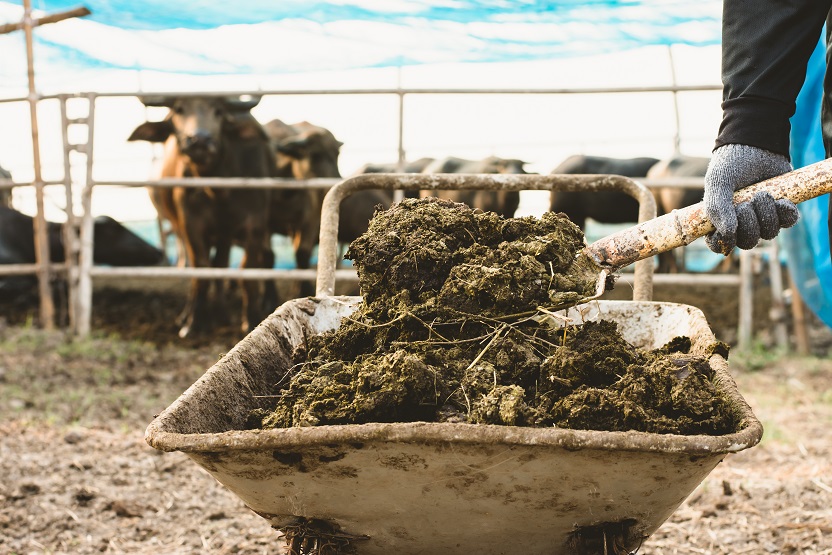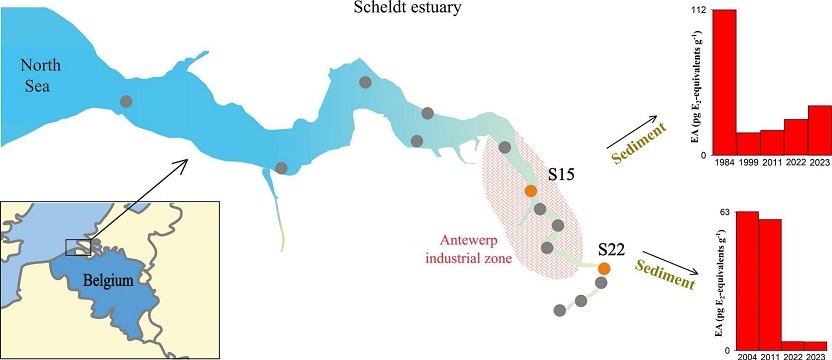This is the conclusion of doctoral research conducted by Chinese environmental scientist Yuwei Jia at the Vrije Universiteit Brussel (VUB).

Metals and hormone-disrupting substances such as estrogens present a genuine risk to the sustainability of agriculture and water management in Europe. This is the conclusion of doctoral research conducted by Chinese environmental scientist Yuwei Jia at the Vrije Universiteit Brussel (VUB). Her research provides new insights into the distribution, availability, and risks associated with these pollutants, while also highlighting shortcomings in current regulations.
The current study, published in Science of The Total Environment, focused on two main areas: metals in fertilized agricultural soils and estrogens in aquatic systems, including the Scheldt estuary. In both domains, attention was paid not only to the presence of pollutants but more importantly to their behavior and interaction with environmental factors such as pH, redox potential, and dissolved organic carbon.
From manure to metal mobility
A significant portion of Jia's research investigated the effect of fertilizers on the mobility and bioavailability of metals. This included the use of the S920-Diffusive Gradients in Thin Films (DGT) technique—a novel method allowing researchers to measure the fraction of metals that are truly bioavailable for plant uptake. This is crucial in the context of food safety and long-term sustainable agriculture policy.
"Fertilizers are a source of heavy metals in agricultural soils," explains her supervisor, Professor Yue Gao of VUB's Analytical, Environmental and Geo-Chemistry (AMGC) research group. "The application of the passive DGT sampler is essential for assessing the bioavailable fractions of metals in soil, as this is directly linked to plant uptake."
Credit: Science of The Total Environment (2024). DOI: 10.1016/j.scitotenv.2024.177432
Using innovative analytical techniques, Jia was able to map the impact of different fertilizers on metal distribution in agricultural soils. She compared three types of fertilizers: phosphate fertilizer, sewage sludge, and animal manure. Her findings indicate that animal manure is the preferable option when it comes to limiting metal contamination.
Estrogens in the Scheldt: A declining trend
In parallel, Jia studied the presence of estrogens in the Scheldt estuary. These hormone-disrupting compounds—often originating from domestic wastewater—can affect the endocrine systems of aquatic organisms and, ultimately, human health. Through bioassays (ER-CALUX), she demonstrated that estrogenic activity in the water column decreases downstream, and that sediment concentrations show a general decline over a period of four decades.
"These results demonstrate the impact of investment in wastewater treatment and the effect of European regulations such as the Water Framework Directive," says Professor Emeritus Willy Baeyens. Nevertheless, continued monitoring remains essential, particularly in light of emerging chemical substances and changing industrial and urban discharge patterns.



Comment